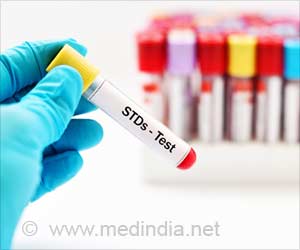HIV outbreak in Indiana was preventable, finds a new study.

‘With immediate action, Indiana's tragic HIV outbreak number from 2011-2015 might have been brought down, if the top health and elected officials had responded to the HIV outbreak sooner.’





The finding, said the researchers, offers a stark warning to public officials confronting the opioid crisis across the United States: Ignoring the risk of HIV can have terrible consequences for public health."We used publicly available data on the outbreak to recreate it in a computer simulation," said Gregg S. Gonsalves, assistant professor of epidemiology and the study's first author.
"Once we had recreated the events in Scott County, we could examine what would have happened if a response to the threat had been initiated earlier." The study points out that rapidly growing opioid use in Indiana and a hepatitis C outbreak spurred local public health leaders to recommend the establishment of syringe exchange and other programs to prevent HIV transmission several years before the Scott County outbreak, although their recommendations were rejected by the state.
The study provides the first quantitative evidence that the number of undiagnosed HIV infections had already fallen substantially by the time a public health emergency had been declared.
"Our findings suggest that with the earlier action the actual number of infections recorded in Scott County 215 might have been brought down to fewer than 56 if the state had acted in 2013, or to fewer than ten infections if they had responded to the HCV outbreak in 2010-2011. Instead, they cut funding for the last HIV testing provider in the county," said Forrest W. Crawford, associate professor of biostatistics and ecology and evolutionary biology, and the paper's senior author.
Advertisement
Although the study evaluates the Scott County outbreak explicitly, new clusters of cases of HIV among people who use drugs have already been reported in Ohio, Kentucky, West Virginia, and Massachusetts. The paper provides broader lessons for confronting infectious disease threats among people who inject drugs, said the researchers.
The results represent a conservative estimate of the impact that interventions to prevent and treat HIV could have had on the epidemic in Scott County, said Crawford. "With a more comprehensive set of interventions, outbreaks like this could be further curtailed or even avoided."
Source-Eurekalert















